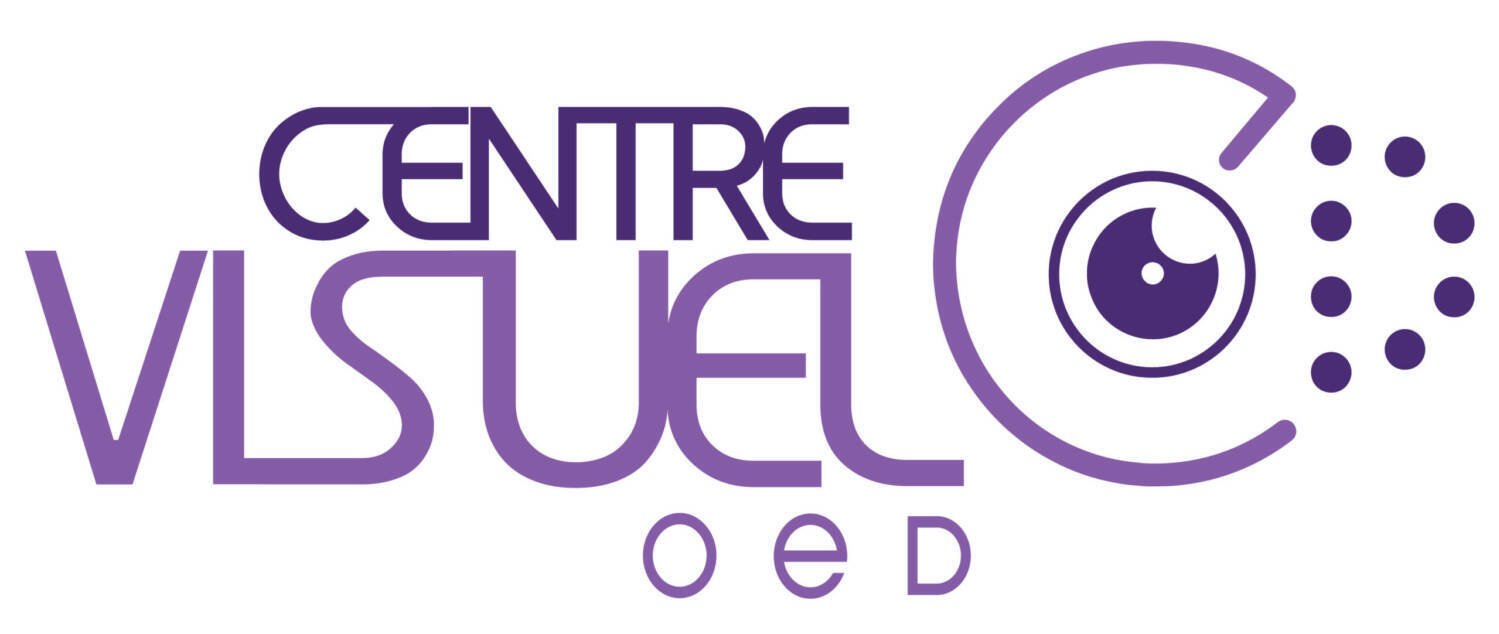Eyewear Prescriptions
-
- Glasses: After an eye exam, you can get a prescription for corrective eyewear (glasses or contact lenses). Optical centers typically offer a wide range of frames and lens options.
- Contact Lenses: If you prefer contacts, an optometrist can fit you for them based on your prescription and eye shape.
Lens Options
-
- Single Vision Lenses: For one prescription type (near, far, or intermediate).
- Bifocals: Lenses with two distinct viewing areas for distance and near vision.
- Progressive Lenses: Lenses that provide a smooth transition between distance, intermediate, and near vision without visible lines.
- Anti-Reflective Coating, Blue Light Filtering: Options to reduce glare, protect from blue light, and improve visual clarity.
- Polarized Lenses: Good for reducing glare from the sun and improving visibility.
- Transition Lenses: Also known as photochromic lenses, are eyeglass lenses that automatically adjust their tint based on the level of UV light exposure. When you’re indoors or in low-light conditions, the lenses remain clear. But when you go outside and are exposed to sunlight, they darken to act like sunglasses, providing extra protection from the sun. They’re really handy if you don’t want to switch between regular glasses and prescription sunglasses. Have you been thinking about trying them out?
